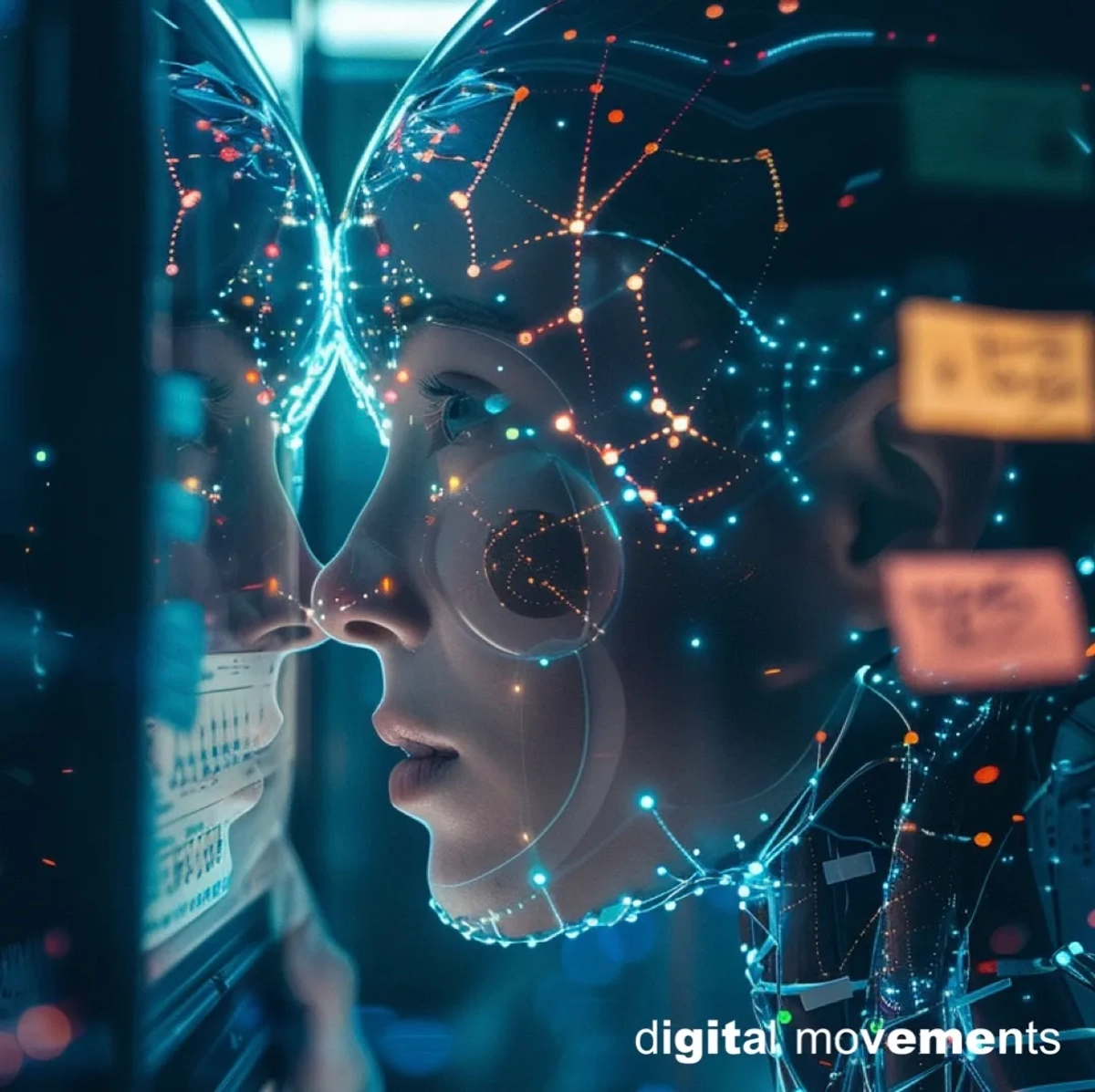We admire artificial intelligence for its seemingly limitless computing power, its adaptability and its almost superhuman efficiency. But it is only when AI reaches its limits that its true potential is revealed: a network of probabilities that can imitate brilliantly - without understanding. In an era in which algorithms are penetrating ever deeper into our lives, the question inevitably arises: how reliable and trustworthy are systems that do not even recognize their weaknesses?
This article takes us beyond slick surfaces and technical promises. It explores the interface between man and machine - where mathematical precision meets human vagueness. And why there is something familiar in this field of tension.
1. Hallucinations - The digital mirage
Modern language models such as ChatGPT or Gemini create deceptively real linguistic landscapes. They formulate convincing arguments, tell coherent stories and lay out complex contexts before us - only to occasionally mislead us with claims that sound perfect but lack any foundation. These “hallucinations” are not a flaw in the system, but an inherent feature of the way it works. The fundamental weakness: AI evaluates what is probably correct - but not necessarily what is true. How can this be prevented?
- RAG (Retrieval-Augmented Generation): AI combines internal knowledge generation with external information retrieval. Instead of being based solely on training data, it searches for relevant, verified sources in real time and integrates these directly into its answers. This significantly reduces the likelihood of hallucinations, especially in the case of fact-based questions.
- Real-time fact checks: Every statement generated is checked in parallel by specialized algorithms. These mechanisms compare the answers with current, reliable databases or knowledge systems and highlight inconsistent or potentially incorrect information before it is played out.
- RLHF (Reinforcement Learning from Human Feedback): Human feedback not only corrects the content of the model, but also provides normative guidance. Users or specialized trainers evaluate answers, and this feedback flows into the learning process - so that the model gradually learns to prefer not only probable, but also more useful, more responsible results.
Each answer is the result of millions of probability adjustments: What was often rated good is more likely to be repeated, what was often corrected is less likely to be played out.
…
Read the full article here: https://medium.com/@digitalmovements/how-ki-deals-with-weaknesses-an-insight-inside-f54c7045580a

 Alexander Reetz
Alexander Reetz 